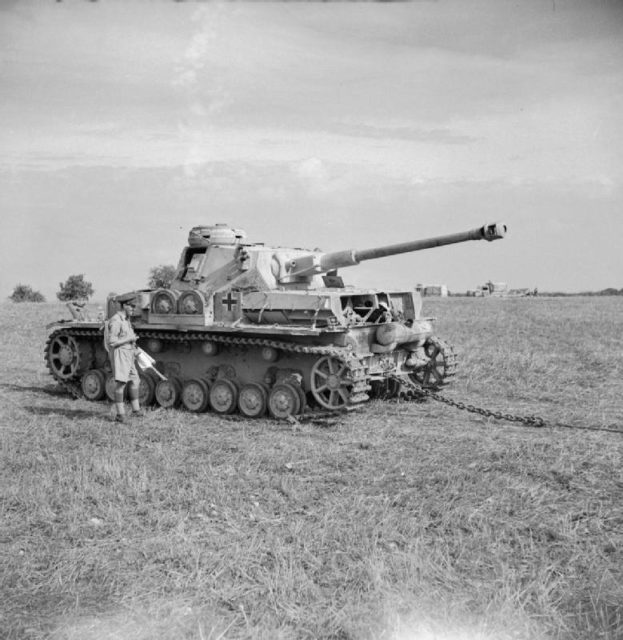On November 26, 1942, a significant encounter took place in an obscure patch of Tunisian countryside.
American forces had recently arrived in North Africa, joining the Mediterranean theater of WWII. The Germans were moving to counter them.
German tactics across Europe had relied heavily on fast-moving, hard-hitting tank formations. In the open desert terrain of North Africa, tanks were particularly prominent, but the Americans had not yet experienced tank combat against the forces of the Reich.
At Chougui Pass, that was about to change.
Waters’ Battalion
Lieutenant Colonel John Waters was General Patton’s son-in-law. He commanded a battalion of the American 1st Armored Division’s Combat Command B.
Waters commanded three companies of tanks as well as his headquarters company. He had around 60 light M3 tanks. Supporting them were an assault gun platoon carrying three 75mm howitzers and a platoon carrying 81mm mortars.
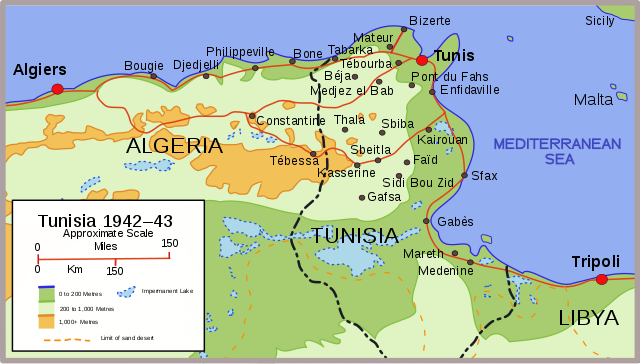
He had no infantry, not artillery, no engineers, and no anti-tank guns. As the Americans were to discover, they had an inadequate force. Tanks were powerful weapons, but without infantry to protect them, they were vulnerable.
Although an American unit, Waters’ battalion was attached to Blade Force, a primarily British formation with British commanders.
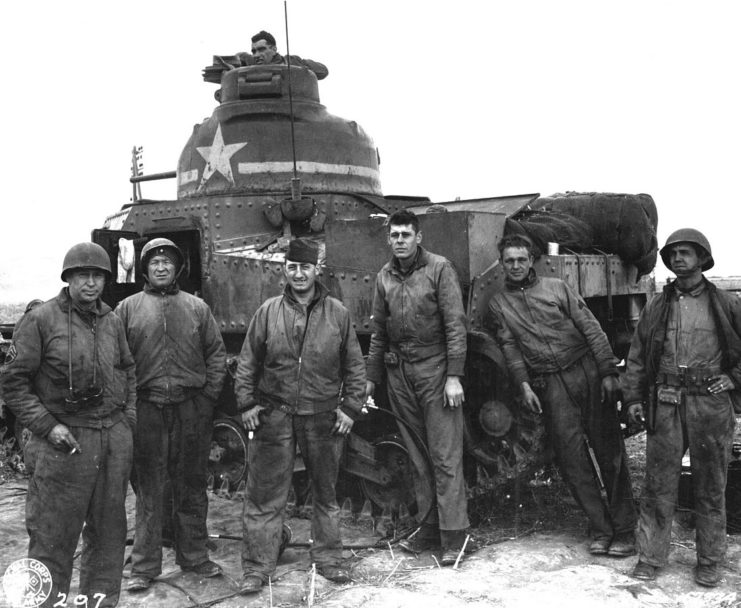
Axis Forces
The Axis troops Waters faced were a mixed group.
German and Italian reconnaissance units lay along the route to Chougui pass, trying to establish where the Allied forces were. In a farmhouse along the way, an Italian antitank unit was dug in alongside German paratroopers.
The most significant forces for Waters were the German tank formations. They were made up mostly of two types of tank – the Panzer III and the Panzer IV.
The Panzer III and the Panzer IV were designed at the same time in the late 1930s to form the backbone of Germany’s armored formations. Both were well built, with good crew space. The anti-tank Panzer III had a 50mm gun. The Panzer IV was initially intended as an anti-infantry weapon but was later fitted with a 75mm gun that made it a more formidable anti-tank weapon than the III. Those better-armed Panzer IVs were waiting for Waters.
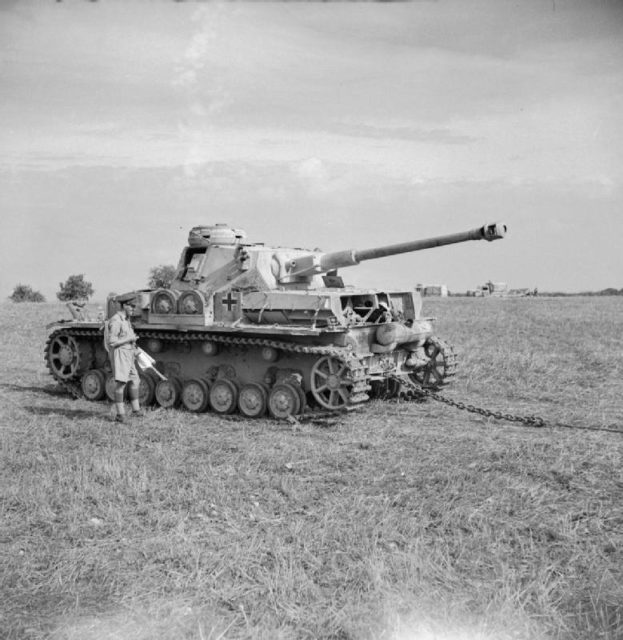
Into Chouigui Pass
The Axis forces held two bridgeheads close together on the Tunisian coast, around the ports of Bizerte and Tunis. With control of the hills along the roads to those towns, they dominated the routes in and out. If the Allies wanted to drive them from the area, they needed to capture the hills and the passes between them.
Blade Force was given the task of fighting Axis forces near the center of the lines. It was to send two spearheads in a southerly attack toward Medjez el Bab. Meanwhile, a third force was to take control of one of the roads between Tunis and Bizerte, a road that ran through Chouigui Pass.
Waters was part of the third formation. His job was to speed through the pass and reconnoiter an area on the far side which included bridges across the Medjerda River.
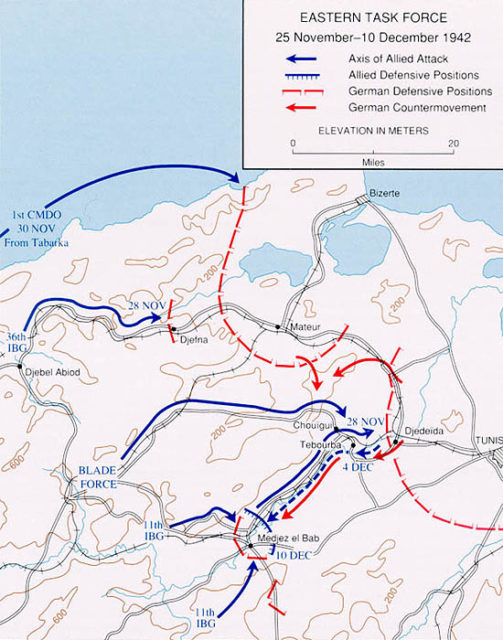
The Airfield
The initial advance through the Chouigui Pass was a success. The Americans brushed aside the weaker Axis units, circumvented the heavily defended farm, and thundered up the pass. Formations then swept out to survey around the Medjerda River, taking a bridge from the Axis.
Then, as they crested a hill, American tanks under Major Rudolph Barlow spotted an unexpected target. A German airfield, with planes taking off and landing. It was woefully underdefended.
Barlow’s tanks charged forward, gunning down the defenders, destroying the planes and buildings. 20 Messerschmitts, which had terrorized Allied forces from the air, lay burning on the ground.
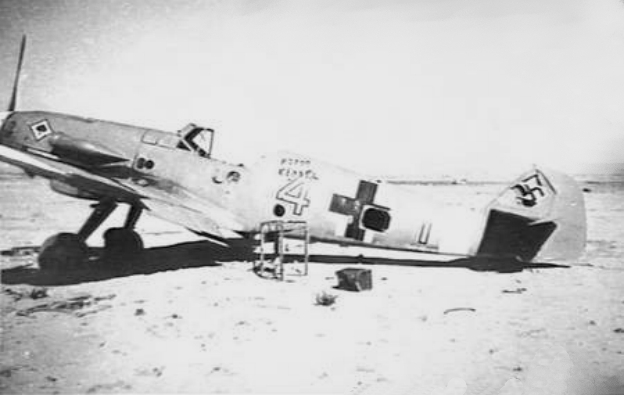
Nehring’s Probe
Both sides pulled back. The Germans were fearful as they believed the false reports of Allied tanks close to Tunis. Waters because he wanted to keep his men safe.
The next morning, Waters advanced back up the pass.
Meanwhile, the German General Nehring was getting an earful from his superior, Field Marshal Kesselring. Kesselring believed the Allies would advance cautiously and Nehring should not have retreated.
As Waters advanced back into the Pass, Nehring sent a probing force out to investigate. Taken from the 190th Panzer Battalion, they included three Panzer IIIs and six Panzer IVs fitted with deadly 75mm guns.
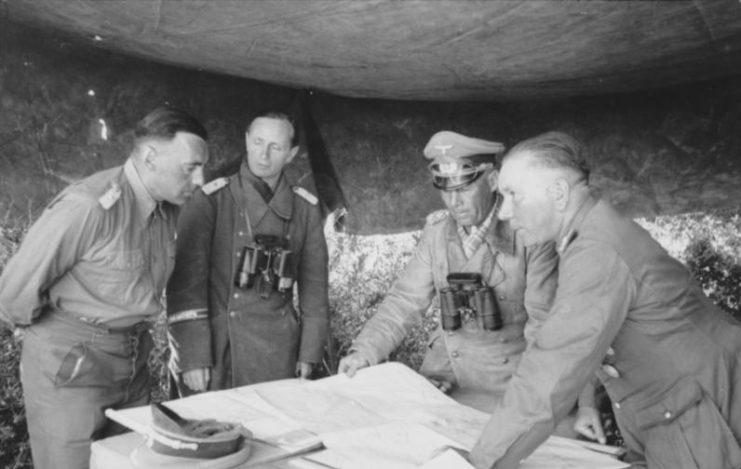
Tank Versus Tank
The first American forces the Germans saw were Major Carl Siglin’s Company A. The Panzers advanced to attack with their heavier tanks.
Unknown to the Germans, Colonel Bill Tuck and Company B lay hidden behind a rise in the ground.
As the Germans advanced, Tuck and his tanks crept up the hillside, trying not to draw attention. They held their fire until more German tanks were in sight.
At last, Company B opened fire. Their M3s were equipped with 37mm guns, and so lacked the punch of the German tanks. However, they were in a good position, and they were about to get lucky.
An early shot hit a German tank just behind the sprocket that drove the track. A thin point in the tank’s armor, it got through and started a fire.
Word spread through the company. Their guns were not powerful, but they were accurate up to over a mile and a half. By concentrating fire near the front of the German tanks, they could hit that soft spot.
Along the lines, German tanks were bursting into flames.
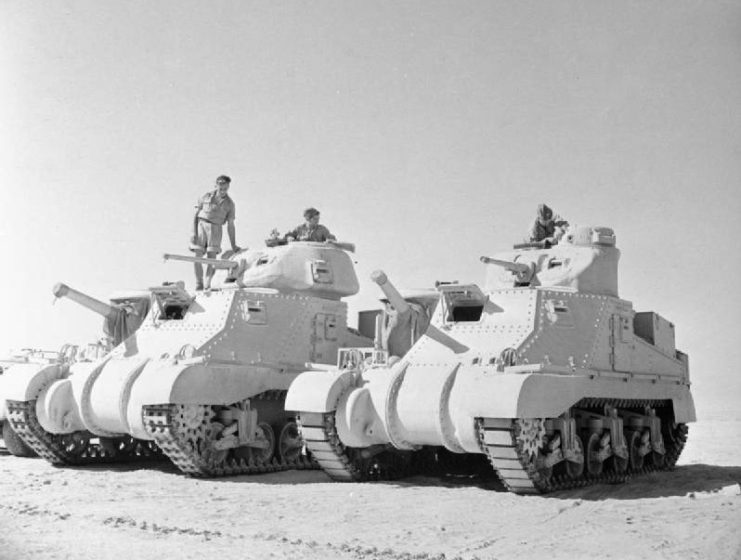
A Place in History
Caught out by Tuck’s ambush, the Germans withdrew. They had destroyed six light tanks and lost seven of their own.
It was not a massive victory for the Americans. The losses of the two sides were close. Unfortunately, Major Siglin was killed in the fighting, but they had withstood their first tank fight, held their ground, and defeated the tough opposition.
It was a historic fight, one they could be proud of.
Source:
Ian V. Hogg and John Weeks (1980), The Illustrated Encyclopedia of Military Vehicles
Orr Kelly (2002), Meeting the Fox: The Allied Invasion of Africa, from Operation Torch to Kasserine Pass to Victory in Tunisia
